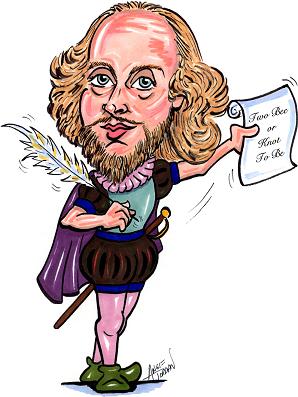There's a lot of evidence to suggest that Gonzales's careful, repeated phrasing to the Senate that he will only discuss the program that 'the president described' was deliberate, part of a concerted administration-wide strategy to conceal from the public the very broad scope of that initial program. When, for the first time, Program X (as we'll call it, for convenience's sake) became known to senior Justice Department officials who were not its original architects, those officials -- James Comey and Jack Goldsmith, principally -- balked at its continuation. They did not back down until the program had undergone as-yet-unspecified but apparently significant revisions. But when President Bush announced what he would call the 'Terrorist Surveillance Program' in December 2005, he left the clear impression that the program had always functioned the same way since its 2001 inception.
The administration's consistent refusal to discuss any aspect of the program -- current or former -- aside from what President Bush disclosed in December 2005 appears to be intended, specifically, to gloss over Comey and Goldsmith's objections. If that's the case, it could mean that the public has been presented with an inaccurate picture of the origins and scope of Program X. The Bush administration is currently contesting a Senate Judiciary Committee subpoena for documentation establishing Program X's history -- in essence, trying to ensure that the public never learns more about the program and the internal deliberations over it than what President Bush chooses to reveal. ...
The different phases of the program’s implementation did not become clear until Comey’s testimony before the Senate Judiciary Committee in May of this year. Comey did not identify the program, only calling it “a particular classified program.” We won't rehash his story in full here. But during his brief reign as acting attorney general, Comey refused to reauthorize Program X in March of 2004 (here’s an explanation as to why it took two years for this to happen). Comey’s refusal was based on the concerns of Jack Goldsmith, the head of the Department’s Office of Legal Counsel, but the precise nature of Goldsmith’s concern isn’t publicly known. Goldsmith declined to comment for this story.
It all came to a head on March 10, 2004, with the deadline for reauthorizing Program X looming. That afternoon, the White House called a meeting with the so-called "Gang of Eight" -- those congressional leaders briefed about Program X -- and Gonzales and Andrew Card made their infamous visit to Ashcroft’s hospital bed that night. The President initially opted to continue the program despite Ashcroft’s refusal to overrule Comey. But the next day, March 11, when faced with the possible resignation of the top echelon of Department of Justice leadership, the President personally told Comey to recommend what changes needed to be made to Program X in order for the Department of Justice to sign off on its legality. ...
In essence, the issue is this: if Gonzales succeeds in convincing the committee that there really is a material distinction between the program as it existed before and after Comey’s intervention, he won't just save himself from perjury. He will perhaps have preserved an administration strategy of concealing the scope of Program X from the public and most of Congress -- making it appear that the program that Bush disclosed in December 2005, incorporating Comey's objections, is the same program that existed since October 2001, long before Comey put the brakes on at least some aspects of it. That may be at the heart of the White House's claim of executive privilege to prevent the Senate Judiciary Committee from seeing documents detailing the genesis of Program X.
Saturday, July 28, 2007
Gonzales Testimony Part of Broader Effort to Conceal Surveillance Program
TPMmuckraker : By Spencer Ackerman and Paul Kiel
Subscribe to:
Post Comments (Atom)


No comments:
Post a Comment